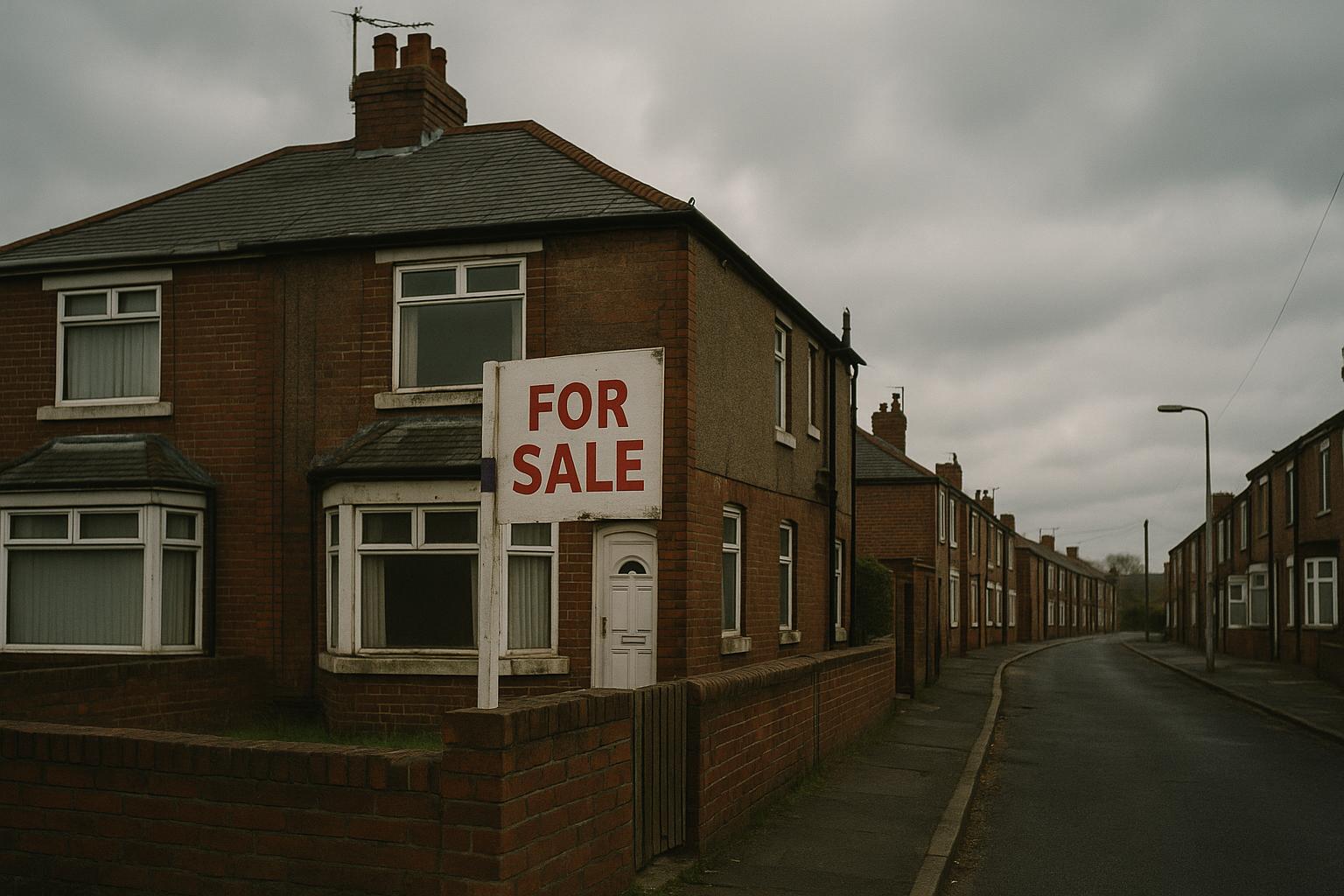Despite rising living costs and mortgage rates squeezing buyers, there remain pockets across Britain where homes can be purchased for £150,000 or less. According to recent data analysed by Zoopla and reported by the Daily Mail, approximately 12 per cent of homes for sale nationally fall into this affordable category. The challenge lies in identifying desirable locations with genuine affordability amid a competitive market. The North East and Scotland emerge clearly as hotspots for budget-conscious buyers, with Sunderland leading the way. Nearly half of all properties listed for sale in Sunderland are priced at £150,000 or below, offering a comparatively wide selection for buyers on tighter budgets. Aberdeen follows closely, with 49 per cent of homes listed under this price point. Darlington, Blackpool, Swansea, Lincoln, Wolverhampton, Plymouth, and Peterborough also feature among the top ten affordable hotspots across Great Britain.
In the wider North East region, 41 per cent of homes on the market are listed for £150,000 or less, while Scotland offers closer to 30 per cent affordability at that threshold, according to Zoopla’s analysis. By stark contrast, the picture in London and the South East is dramatically different. Only about 2 per cent of properties in London are priced below £150,000, rising marginally to 7 per cent in the South East. Within London, Croydon stands out as a relative haven for budget buyers, with 7 per cent of its listed properties falling under the £150,000 mark, reflecting greater accessibility compared to the capital overall.
The composition of affordable housing varies significantly by region. In London, the vast majority of homes under £150,000 are one-bedroom flats, with about half of these being shared ownership properties, underscoring the challenges for first-time buyers or those seeking more spacious homes. Conversely, in the North East and Wales, buyers can find a higher proportion of two- and three-bedroom houses within the sub-£150,000 range, presenting better options for families or those seeking extra room. Swansea, for example, has more than a third of its affordable listings as three-bedroom houses. In the South East and East of England, flats dominate affordable listings, often reflecting limited land availability and high demand in densely populated areas such as Portsmouth and Peterborough.
Industry experts highlight the growing complexity of finding affordable homes where social networks and commute considerations are manageable. Michael Zucker, of north London estate agency Jeremy Leaf & Co, noted that while people might be tempted to move to cheaper areas, increased travel times and costs often deter them from relocating to places where they lack established social ties or work opportunities. According to him, lower prices in some areas often correlate with isolation or less desirable locations, which buyers must weigh carefully.
Government measures are underway to ease home buying pressures. Mortgage lenders met recently to explore ways to help people onto the housing ladder, including proposals for larger mortgage loans. Reforms earlier this year already expanded loan-to-income ratios, allowing more borrowers to access mortgages up to six times their annual salary instead of the usual 4.5 times. The Financial Conduct Authority is also working to simplify lending rules, especially related to affordability checks, aiming to increase the pool of potential buyers.
The appeal of affordable areas like Sunderland not only derives from price but also lifestyle aspects. Propertymark CEO Nathan Emerson emphasised that improved transport infrastructure combined with flexible working arrangements could enable more buyers to relocate to these more affordably priced regions. Sunderland, for example, offers a blend of coastal living alongside vibrant city amenities, enhancing its attractiveness beyond mere affordability.
While much of the nation’s housing market has seen substantial growth in values since the pandemic, with around one million homes increasing in value by 50 per cent or more on average, this appreciation has been uneven across regions. Zoopla data indicates that parts of the North West, Yorkshire, the Humber, and Wales have enjoyed particularly strong price rises, while affordability remains challenging in London and the South East. These regional disparities reflect evolving buyer preferences driven by lifestyle changes since the pandemic, as well as shifting work patterns.
In summary, Britain’s property market presents a varied landscape for those seeking homes under £150,000. Areas like Sunderland and Aberdeen stand out as leading destinations for affordable housing, offering choices that include larger homes suitable for families. Meanwhile, the capital and its environs remain markedly less accessible for budget buyers, dominated by small flats and shared ownership options. Policy changes aimed at easing mortgage access and growing flexibility in work arrangements may somewhat broaden options for buyers willing to explore relocation, reshaping patterns in affordability and desirability across the country.
📌 Reference Map:
- Paragraph 1 – [1], [2], [3], [7]
- Paragraph 2 – [1], [3], [7]
- Paragraph 3 – [1]
- Paragraph 4 – [1]
- Paragraph 5 – [1], [3]
- Paragraph 6 – [1]
- Paragraph 7 – [1], [4]
- Paragraph 8 – [1], [3], [5]
Source: Noah Wire Services
